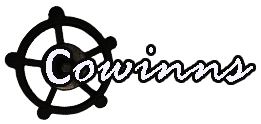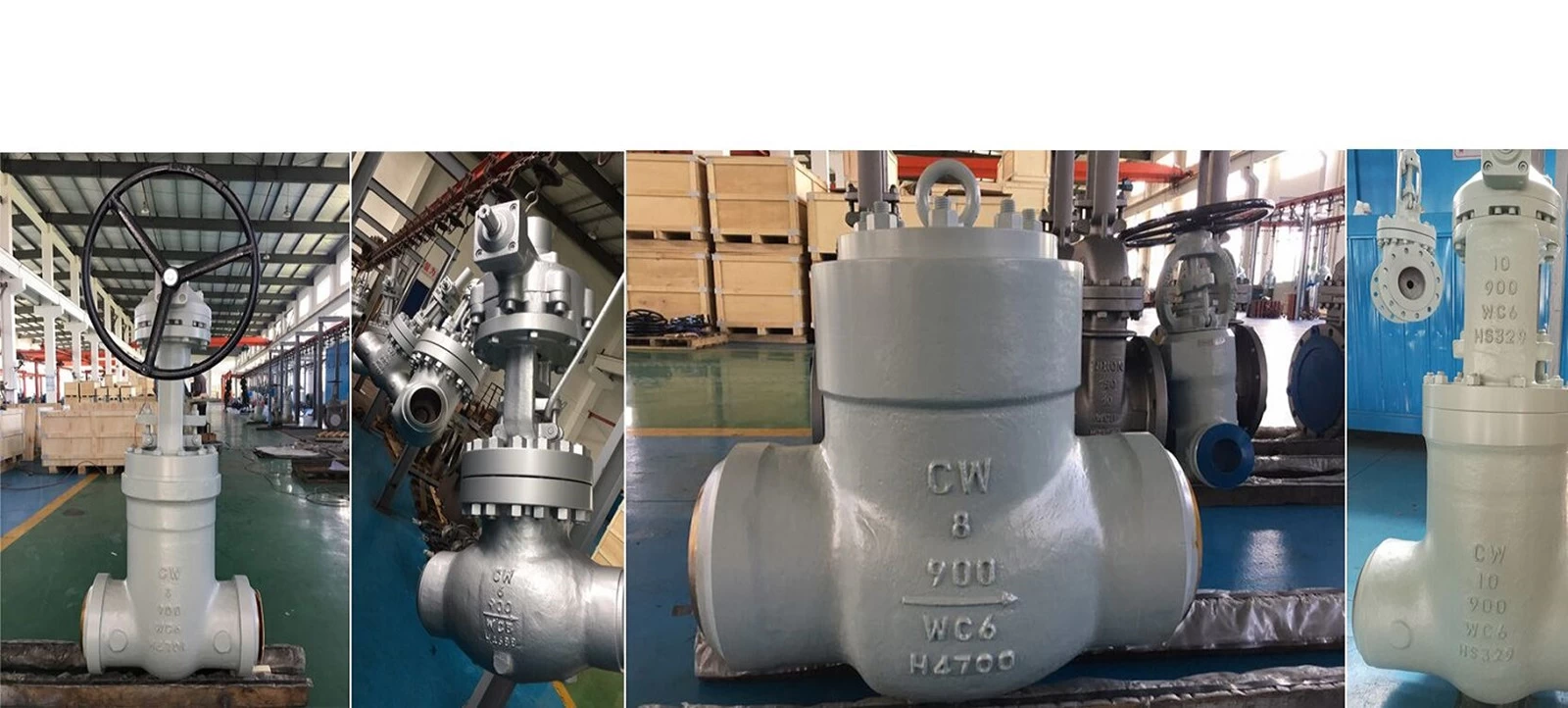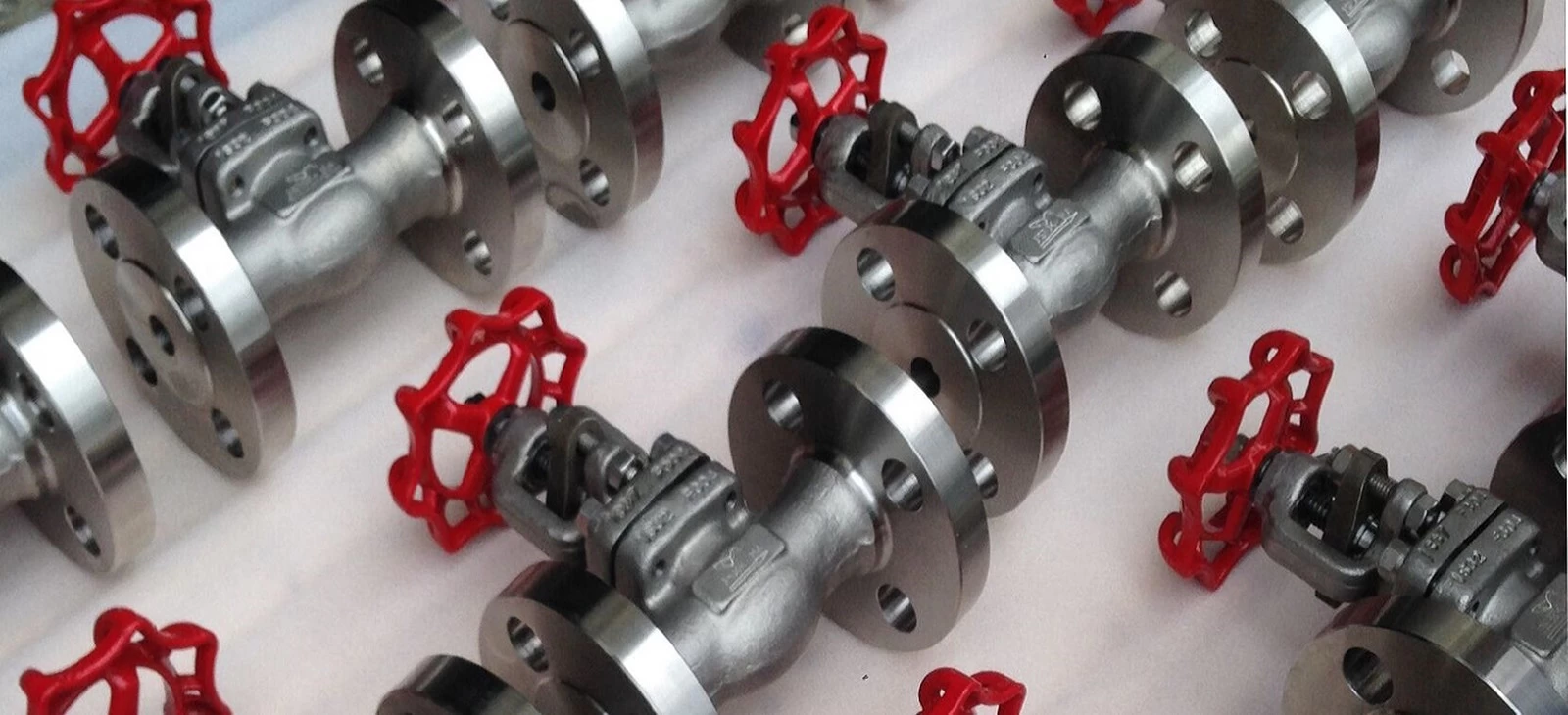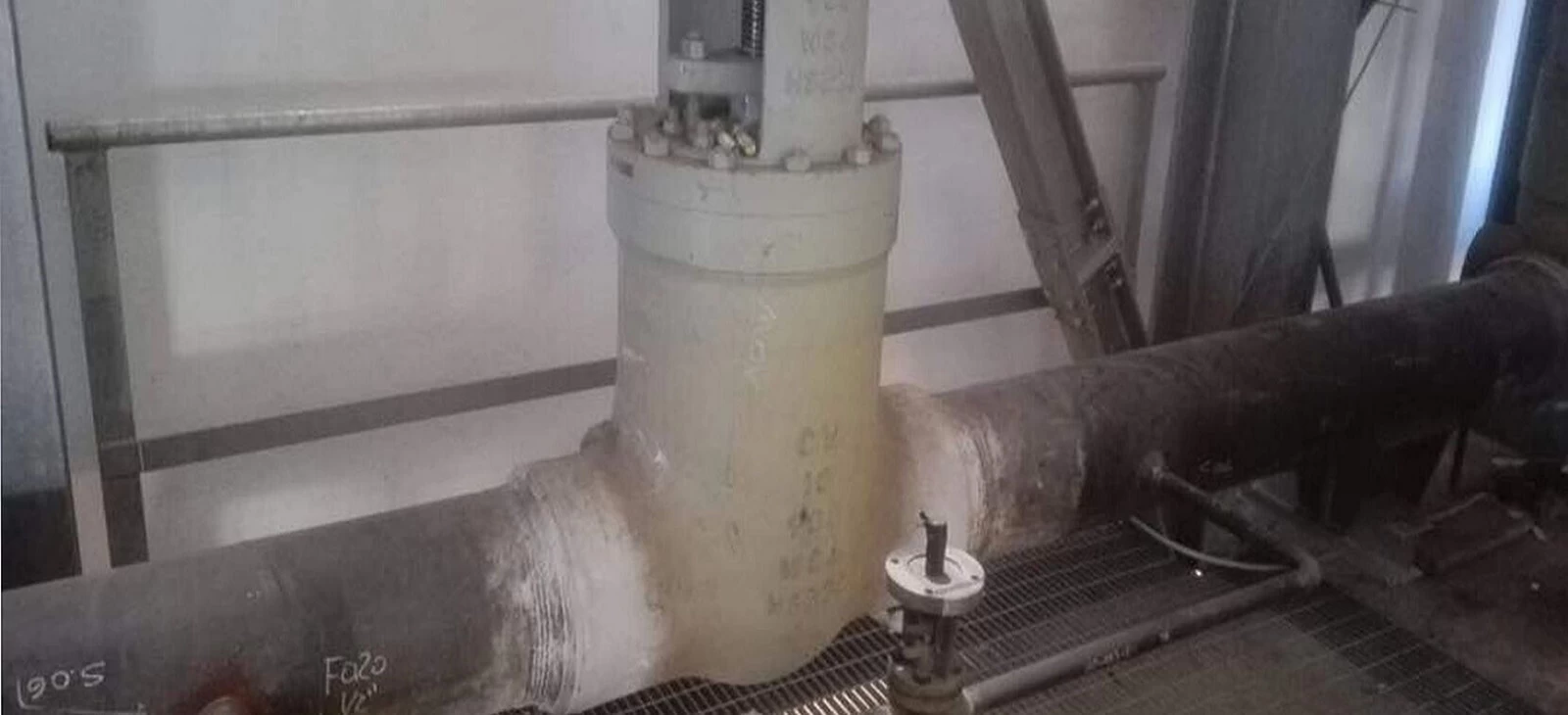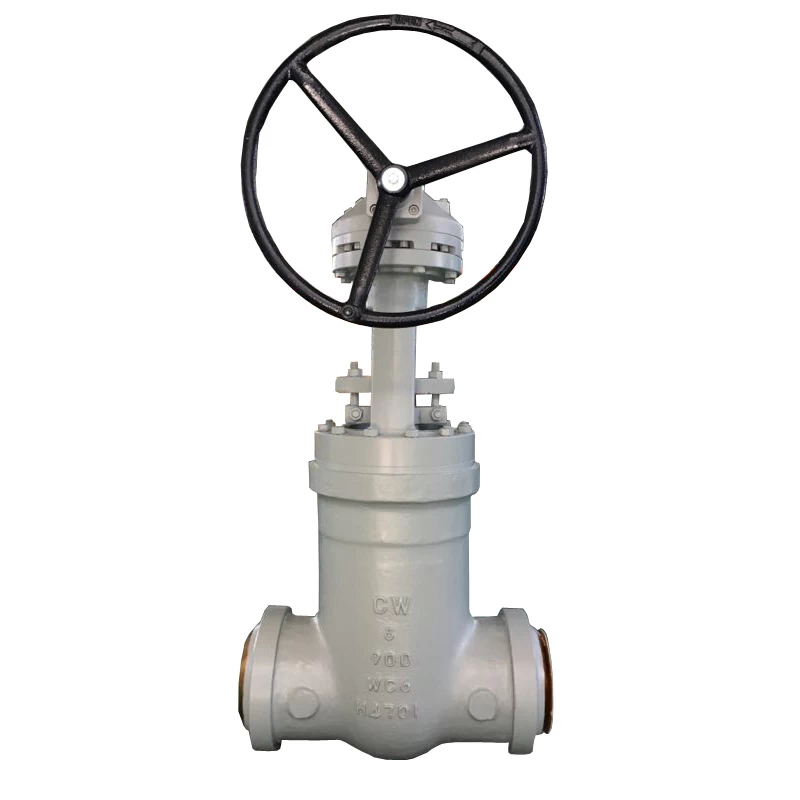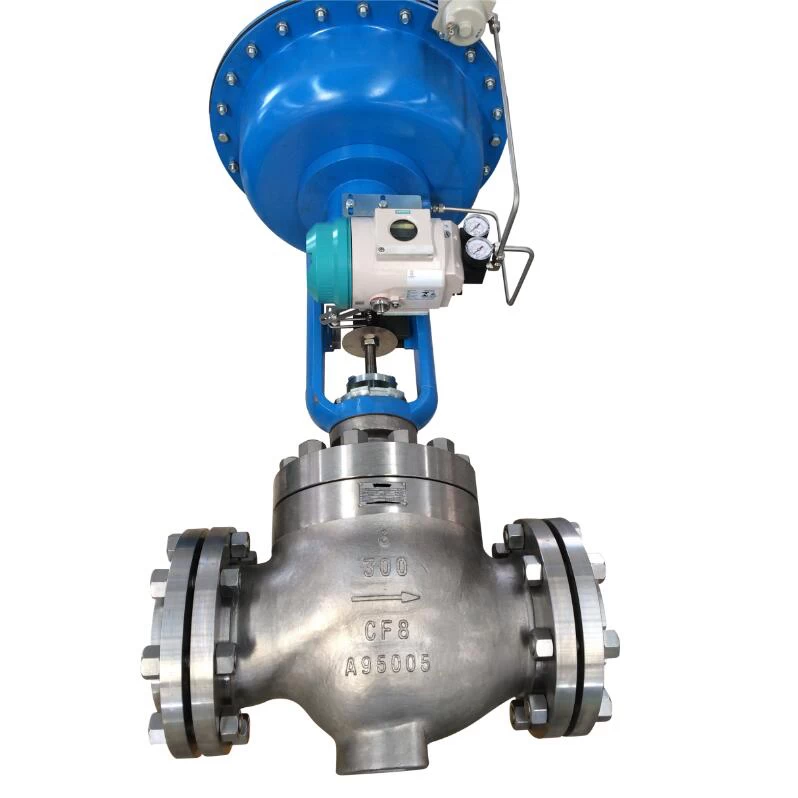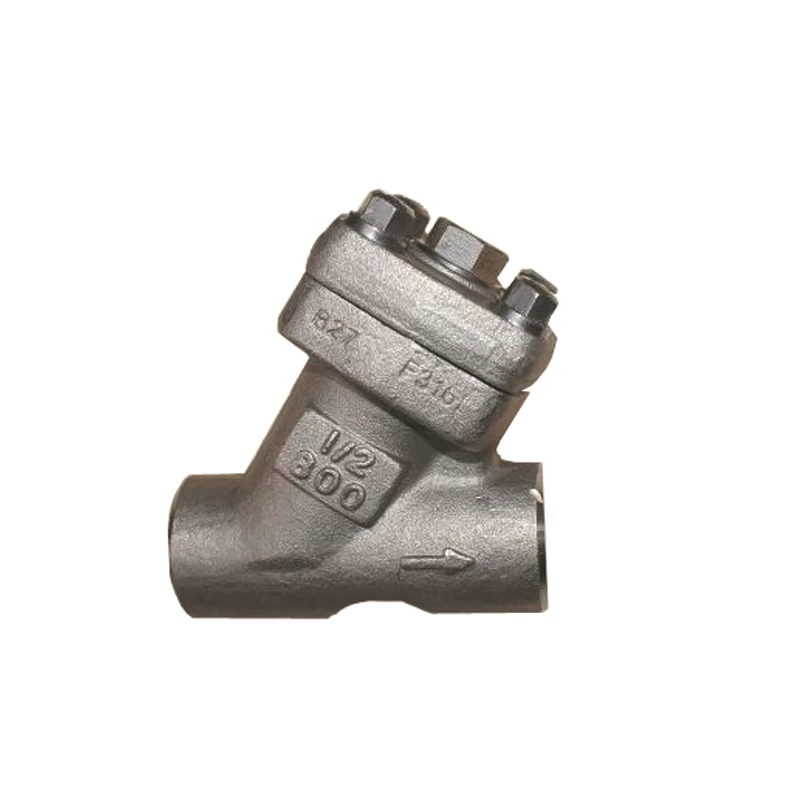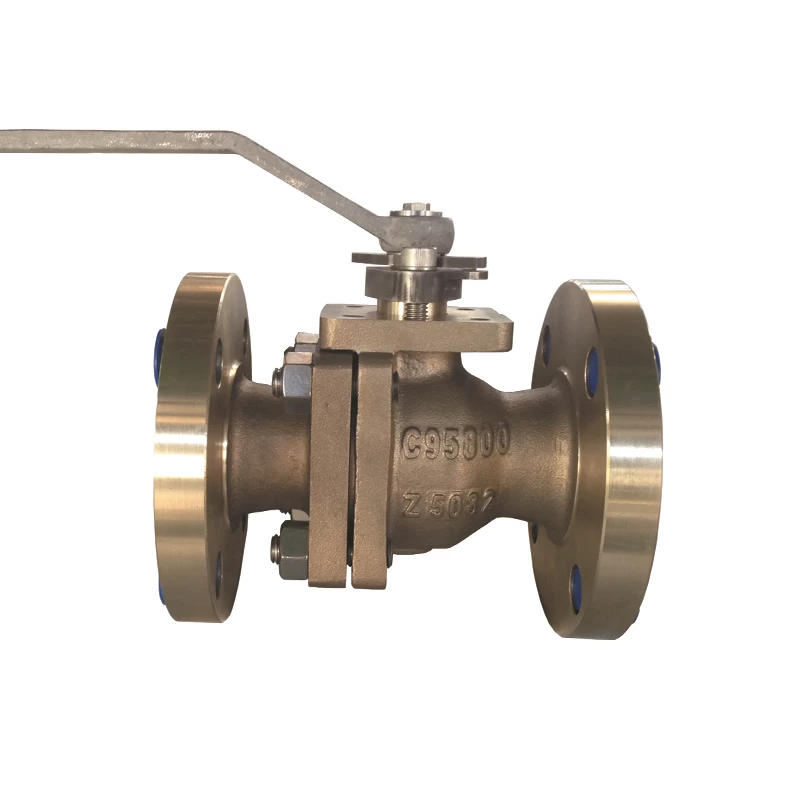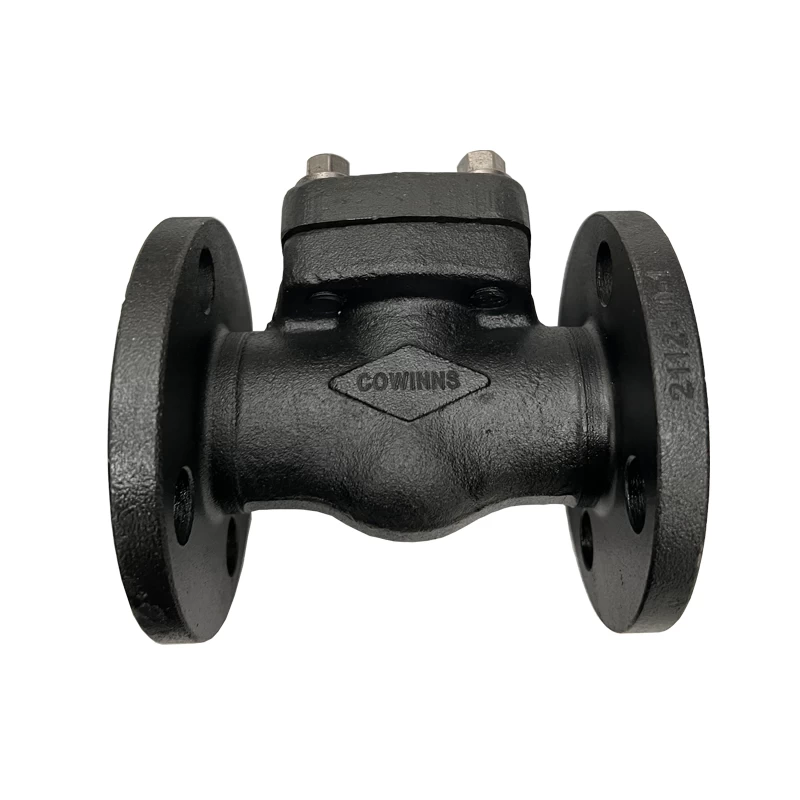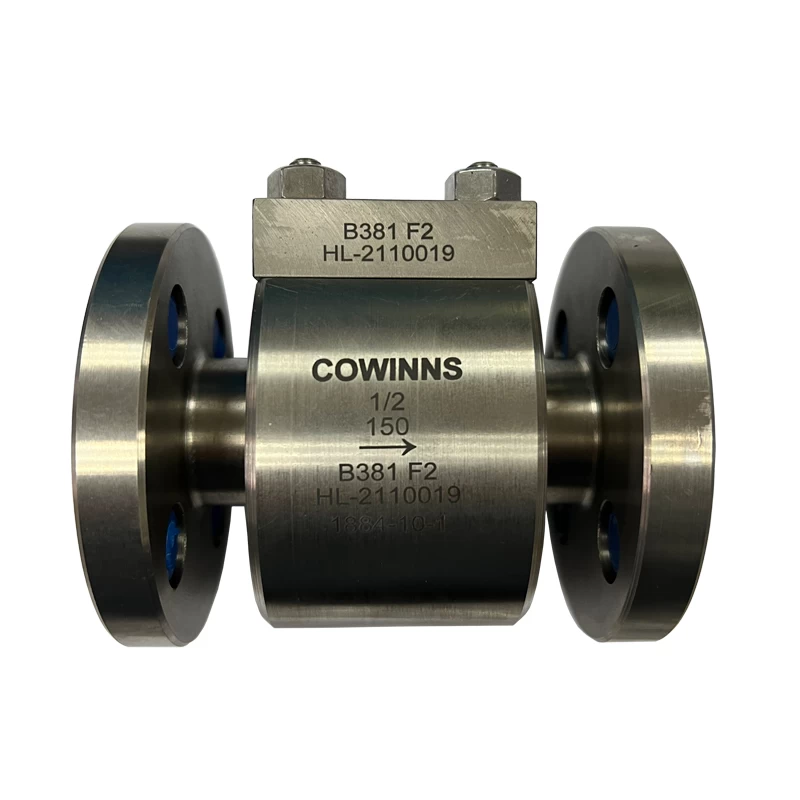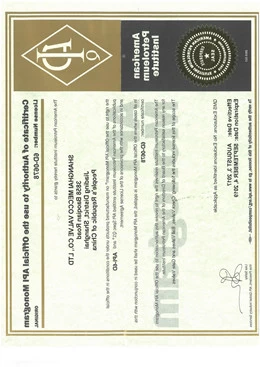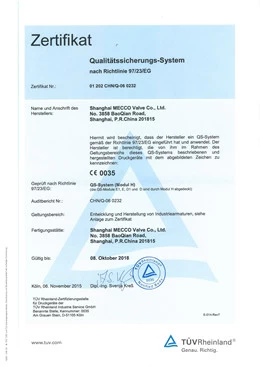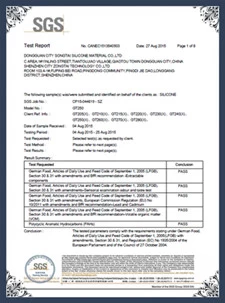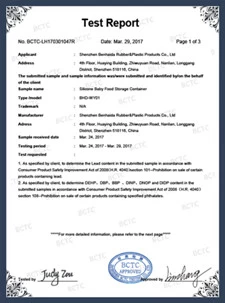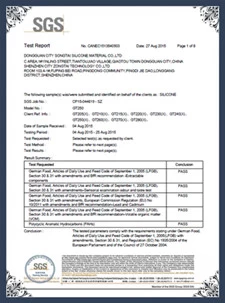Valve Forging Knowledge(Part 3)
Valve Forging Knowledge(Part 3)
Overview of the Forged Flange Industry
Flanges, also known as flange plates or rims, are primarily used for connecting tubular components. They are widely applied in mechanical components, including petrochemical pipelines, metal pressure vessels, water supply and drainage systems in buildings, municipal water pipelines, shipbuilding, and the power industry. As a key component frequently paired with check valves, forged flanges are integral to various fluid control systems. Many manufacturers, such as China C63200 check valve factory, rely on high-quality forged flanges to ensure product performance and reliability.
Flanges can be categorized by material into carbon steel flanges, stainless steel flanges, and alloy steel flanges; and by manufacturing process into forged flanges and cast flanges. Forged flanges are primarily produced through open-die forging or die forging processes, while cast flanges are made through casting techniques.
In recent years, China’s forged flange industry has made significant progress in equipment, forging technology, and processing techniques. The quality and performance of domestic products have greatly improved. Due to lower labor costs, Chinese-forged flanges enjoy a strong competitive edge in the global market, with export volumes reaching substantial levels. In contrast, developed industrial countries such as Germany and Japan have seen a sharp decline in domestic flange production due to high labor costs, relying increasingly on imports from developing countries like China, India, and Brazil.
Process Design: Leading manufacturers commonly employ advanced techniques such as computer simulation for hot working, computer-aided process design, and virtual technology. Simulation software including DATAFOR, GEMARC/AUTOFORGE, DEFORM, LARSTRAN/SHAPE, and THERMOCAL has been introduced to enable integrated process control during hot forging and design.
Forging Technology: Most 40MN and higher-capacity hydraulic presses are equipped with 100–400 t.m primary forging manipulators and 20–40 t.m secondary manipulators. Many of these are computer-controlled, enabling comprehensive forging process control. Forging precision can be maintained within ±3 mm, with laser measuring devices used for real-time dimensional inspection.
Heat Treatment Technology: The focus lies on enhancing product quality, improving thermal efficiency, conserving energy, and reducing environmental impact. For example, computer-controlled furnaces enable automatic adjustment of burners, temperature regulation, auto-ignition, and heating parameter management. Energy recovery systems and regenerative combustion chambers are increasingly common. Polymer quenching systems with low pollution and controllable cooling are replacing traditional oil-based quenching methods.
Machining Technology: The use of CNC machines has steadily increased. Some enterprises have established specialized machining centers equipped with machines tailored to specific products, such as five-axis machining centers, blade processing machines, roll grinders, and roll lathes.
Quality Assurance Measures: Some domestic manufacturers have adopted the latest testing instruments and modern ultrasonic flaw detection systems with computer-controlled data processing. Dedicated ultrasonic inspection systems and comprehensive quality certifications are now standard. Breakthroughs in key manufacturing technologies for high-speed, heavy-load gear forgings have enabled industrial-scale production. With the importation of advanced foreign technologies and critical equipment, China is now capable of designing and manufacturing production equipment for such forgings independently. These advancements have brought Chinese technology close to international standards and have significantly promoted the development of the domestic forging industry.
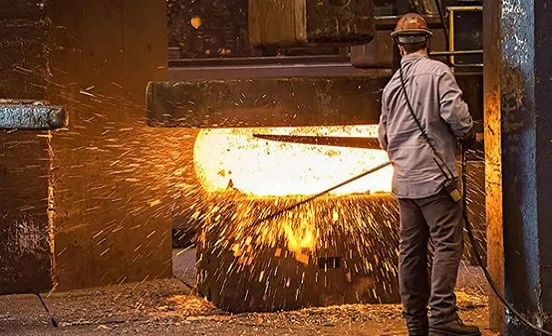
 +86 512 68781993
+86 512 68781993 